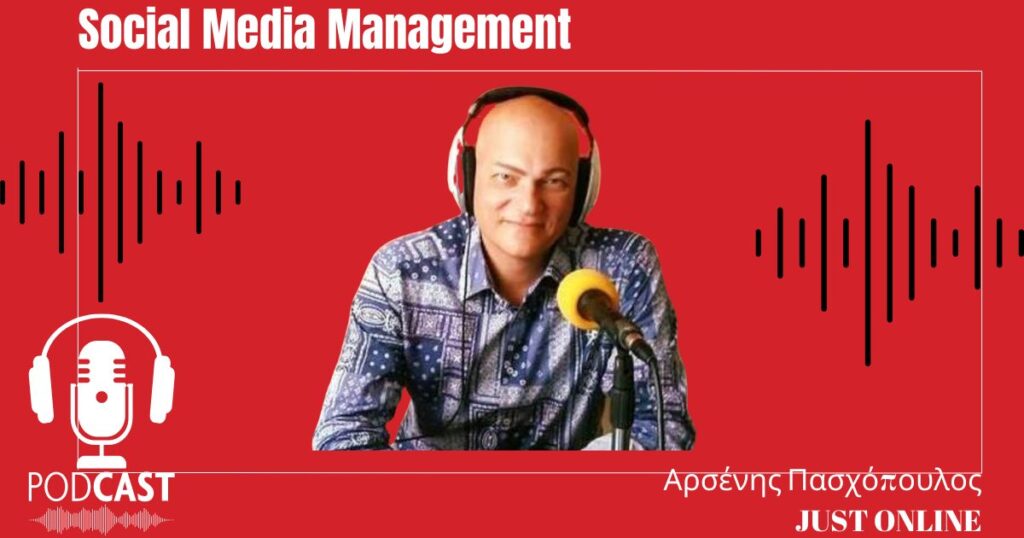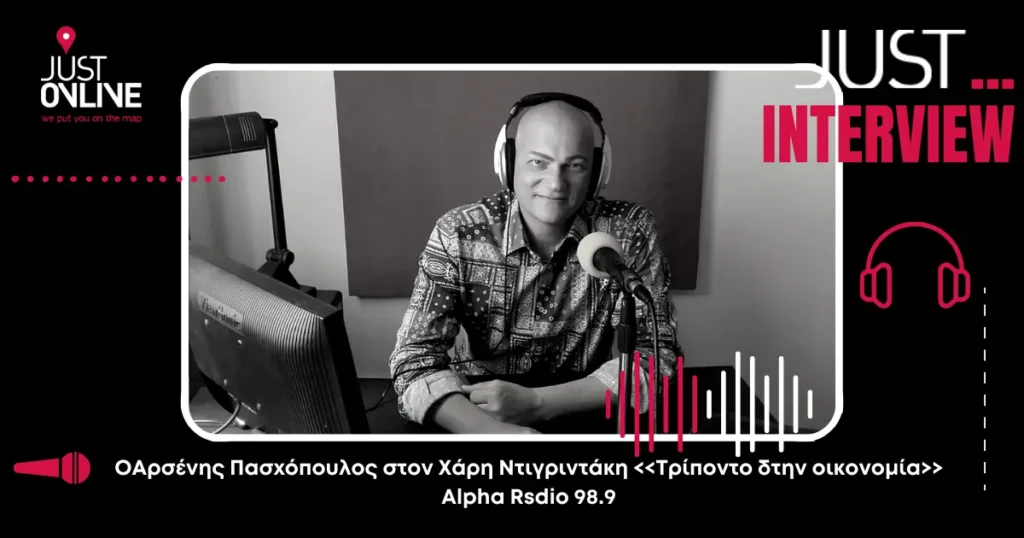
Although over the years social media has proven its value as a promotion and sales tool, there are still entrepreneurs who treat it as a tool, a process and a practice that can be done “on the leg” by anyone. .
The classic we hear is “I’ll have the girl in the secretariat handle them” or “come on kid, social media is a joke and a photo, don’t pay for advertising”.
I heard the second particular saying 6-7 years ago from a client, but unfortunately it still exists as a mentality.
But is that the case?
What more than a tagline and a photo does the proper use of social media require to bring business results?
Hold on, here we go!
The first step, since we are in the field of business, is to enter goals
When starting social media you need to know what goals you want to achieve: sales, site traffic, more awareness, customer support are some goals that a business may want to achieve.
The second step is that you will have to choose how you will measure these goals, success, KPIs (key performance indicators), and in general the performance so that every month you know after all what these social media give you and how close they bring you in achieving the goals.
The third step is to anticipate some difficulties, such as: will you be able to create material? will it be easy to make it yourself? should you find an external partner? This, believe me, is the number one problem that most small businesses face: how will I create material, who will make it for me, what material will it be… And of course you have to The third step is to anticipate some difficulties, such as: will you be able to create material? will it be easy to make it yourself? should you find an external partner? This, believe me, is the number one problem that most small businesses face: how will I create material, who will make it for me, what material will it be… And of course you have to find a solution to these problems by making the corresponding decisions .
The fourth step is to see what the competition is doing: is it strong on social? how often does he post? what do people like? what does it advertise and how often?
The fifth and most important step is to find your own strengths and weaknesses: what will make you stand out? how do you want the consumer who sees you on social media to remember you? how will you impress him? with which identity.
The sixth step is to gather the material with which you will create content. This material should create an image that will “transfer” your strong points that we mentioned above.
It is all these elements that will make you create your own voice and do the infamous branding to be able to stand out from the competition, to be the green apple among all the red apples.
The seventh step is to choose which social media to use. I hear from various people saying “so we won’t use Tik Tok”? Not sure why, one company might have to use it and be late to use it, while another company shouldn’t. It has to do with where your audience is, what image you want to convey and what material you can create…
Are you wondering, “And how will I know who my audience is?” what is this I have to do?’
Your audience, if you are a company that has been around for some time, you define it based on the marketing plan it has made and you say I sell this product or this service and I target this audience.
But you can also find it from mechanisms that exist and give you the searches that people make on social media or the interests they have, or who frequents and interacts with your competitor’s social media, and so you can find / limit who is your audience
Because many times we think our audience is women 15 to 25 and we find out our audience is also women 35 to 40.
The above process – the eighth step – is called creating buyer personas: groups of your potential customers that have some specific and distinct characteristics.
And here the difficulties begin. The material for each buyer persona should be different and you may need to use different media. For example, to reach a younger audience you will use Tik Tok and Instagram. In order to reach a larger audience, you will use YouTube and Facebook (well, YouTube is an exception because it is a medium that is consistently and permanently addressed to all ages – I close the parenthesis) and accordingly adjust the posts you make for each medium .
Have I convinced you that social media is far from just a joke and a picture?
I’m not done yet!
The ninth step is advertising these posts and advertising in general.
The tenth step is to monitor the reactions of the public: what the public likes on our social media, what they like, comment on, but also responses to the comments (and not only the negative ones but also the positive ones), and the monitoring and performance of the advertisements.
And of course we will tie all this up at the end of each month with a nice report – the eleventh step – to say what actions were taken, what goals we achieved or how far we are from achieving them.
You must do all of the above for each of the social media where your company is present.
In order not to get lost, you need a program.
Let’s not forget that social is not just posts, it’s also advertising and community management is also influencers management, it’s also crisis management, competition monitoring, new tools and the removal of some, which we haven’t mentioned even in our conversation (it’s the steps, 12, 13, ….).
So you definitely want programming, and the program comes out based on the audience you want to reach and the content you want to provide and – all this – under the light of the goals you have set.
So either you will do it with an external partner or you will do it in-house depending on your needs and the amount of data and the number of social media you want to use.
But what is certain is that if you stick to posting a joke and a photo you will wonder why social media doesn’t work… for you!
If you don’t want to fall into this category, ask us to show you what we can do for your business.




